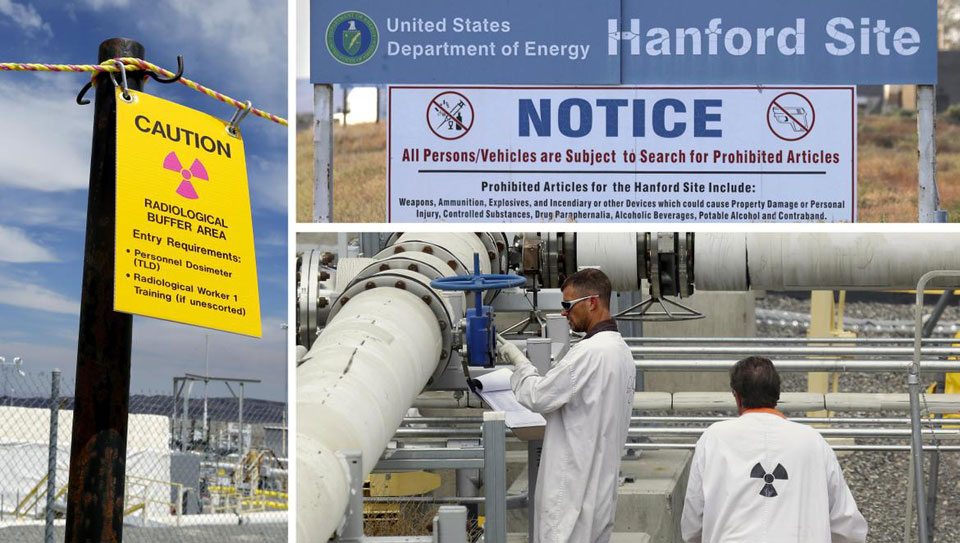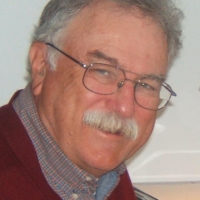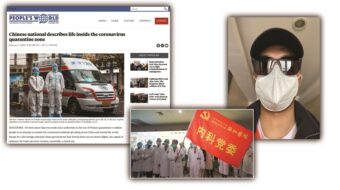
2019 ILCA PW Winner, SECOND PLACE Saul Miller Award, Collective Bargaining
HANFORD, Wash. – Union workers, who have been repeatedly exposed to toxic chemicals as they toil to clean up the Hanford Nuclear Reservation, won a victory last week. The U.S. Department of Energy (DOE) signed an agreement to install catalytic scrubbers to remove poisonous vapors leaking from more than 700 tanks filled with radioactive wastes.
 Hanford, considered the worst “Superfund” site in the Western Hemisphere, produced the plutonium used in the atom bomb that destroyed Nagasaki, killing an estimated 70,000 people – mostly women, children, and senior citizens – during World War II.
Hanford, considered the worst “Superfund” site in the Western Hemisphere, produced the plutonium used in the atom bomb that destroyed Nagasaki, killing an estimated 70,000 people – mostly women, children, and senior citizens – during World War II.
Speaking at a news conference in Richland, WA, Sept. 19, Washington State Attorney General Bob Ferguson hailed the agreement. “We’re finally moving towards a lasting solution,” he said. “We should not have to file lawsuits. It shouldn’t have to come to this.” Ferguson stressed that the lawsuit is on hold and can be re-activated if the Department of Energy and sub-contractor renege on their promises.
The plaintiffs in the lawsuit filed three years ago include Plumbers and Steamfitters Local 598, AFL-CIO, the environmental group, Hanford Challenge, and the State of Washington. The DOE agreed to testing of new technology to capture and destroy vapors escaping from the tanks containing the radioactive wastes. They agreed to install a detection and alarm system and to maintain current safety measures including scuba-style respirators. They also agreed to pay Washington State and Hanford Challenge $925,000 to reimburse them for legal expenses.
Mark Mokler, Business Agent of Local 598, told People’s World in a phone interview, “It’s a good agreement, a step forward in meeting challenges we have been dealing with for a number of years.”
He said an Ohio firm, NuCon, is developing the thermal catalytic converters to remove toxic chemicals from the vapors leaking from the holding tanks. “Over the years, thousands of workers were exposed.”
Abe Garza, who worked 34 years at Hanford, suffers from heart, lung, and kidney ailments, from his years of exposure to the toxins. Garza told the news conference, “It’s time the Department of Energy faces up to the fact that people are getting sick instead of trying to deny it.” He greeted the agreement but warned, “Time will tell how good it is. I don’t trust them.”
In July 2016, the Hanford Atomic Metal Trades Council, which unites the 15 building trades unions representing the Hanford workers issued a “stop work” order halting work until workers were provided with air respirators to protect them from the vapors. The DOE and Washington Rivers Protection Solutions, the sub-contractor hired to perform the clean up, hastily supplied the respirators.
Less than a year later, May 2017, a tunnel collapsed where radioactive wastes were stored. Last December, while demolishing a plutonium finishing plant, scores of workers were exposed to radioactive vapors. Tests showed that 42 workers inhaled or ingested radioactive wastes.
Environmentalist Marc Brodine lives about 130 miles northwest of Hanford in Roslyn, WA. “This positive agreement is just one step in a decades long battle to clean up the environmental disaster that the Hanford Nuclear Reservation has been,” said Brodine. “It has been a disaster for the workers, for the immediate community, for the Columbia River and for the people who were victimized by the atom bombs created from the Hanford plutonium.”
He pointed out that people living down river from Hanford have waged battles for decades demanding that the Federal government clean up Hanford that produced 110,000 tons of radioactive materials. “The Energy Department stored radioactive wastes with a half-life of 10,000 years in containers supposedly safe for 150 years,” said Brodine. “Those containers are already leaking into the Columbia River.”
The leakage is such a menace that the Energy Department is trying to transfer the wastes from single shell tanks to double shell tanks. But vapors are leaking from both the old and the new tanks. The DOE has earmarked $17 billion for a plan called “vitrification” to turn the waste into more stable glass.
Brodine denounced President Donald Trump’s plan to spend over $1 trillion to “modernize” the U.S. nuclear arsenal. “Trump’s plan goes exactly in the wrong direction,” Brodine said.
He was echoing the views of Mitsugi Moriguchi, 81, of Nagasaki, a survivor of the U.S. atomic bombing of Aug. 9, 1945. Moriguchi visited the Tri-Cities areas, Richland, Kennewick, and Pasco, about a mile from the Hanford complex last March. He is believed to be the first Nagasaki survivor ever to visit Hanford. Moriguchi said only his mother’s omen of disaster saved him and his brothers and sisters. She took all her children out Nagasaki the day before the bomb was dropped. And after the bombing, she returned to the destroyed city and rescued two of her older children she had been forced to leave behind.
His host, the mayor of Richland, took Moriguchi on a tour of Hanford including “Reactor B” that produced the plutonium that destroyed his city. “It was shocking to me to come to Reactor B and see it open to the public as a prideful accomplishment,” Moriguchi told reporters. “Here the production of plutonium has only one purpose: to destroy human beings. Nuclear cannot bring happiness to humanity.”












Comments